#sansevero chapel
Text


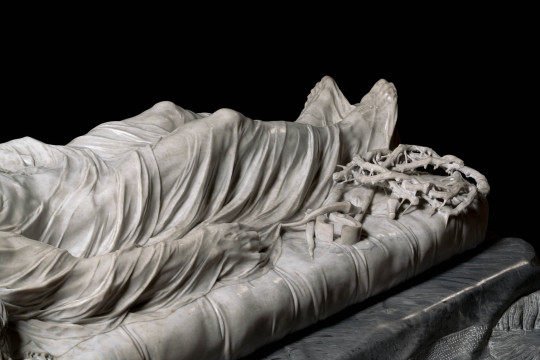

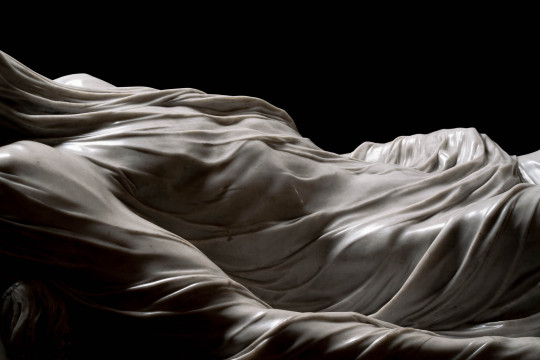
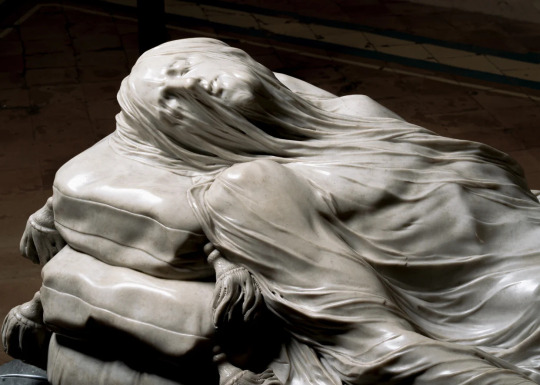




#art#sculpture#famous#marble#veiled christ#the crucifixion#shroud#masterpiece#sansevero chapel#giuseppe sanmartino#antonio corradini#1753#spirituality#museum
2K notes
·
View notes
Text
Find more great places to visit here and nearby with our list of the top tourist attractions in Naples.
Find more great places to visit here and nearby with our list of the top tourist attractions in Naples.

View On WordPress
7 notes
·
View notes
Text
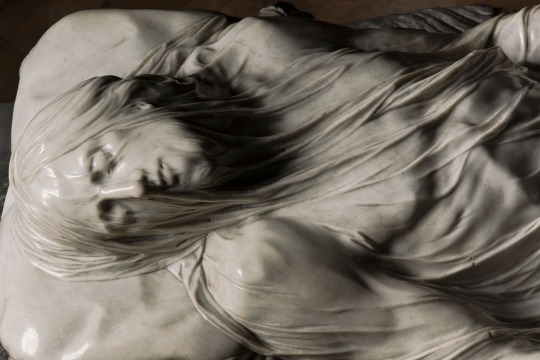

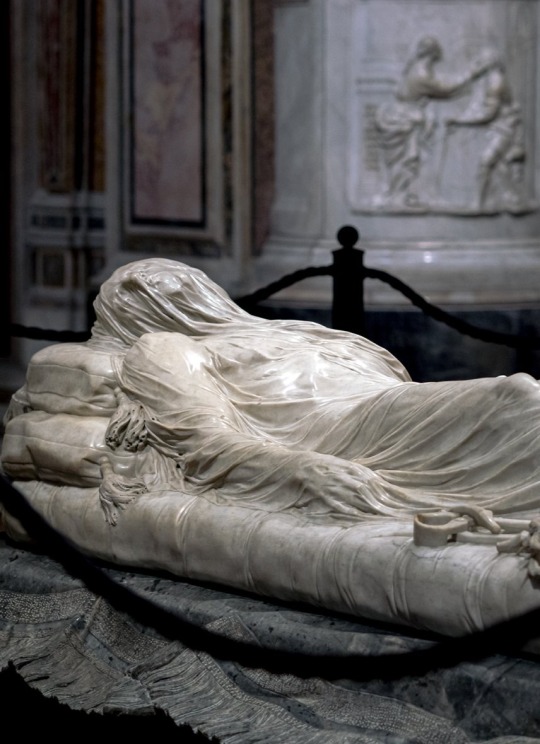



'The Veiled Christ' Sculpture By: Giuseppe Sanmartino (1753) Location: Museo Cappella Sansevero Naples, Italy
“the folds, the finesse of the veil the beauty, and the regularity of the overall proportions” — Marquis de Sade
Giuseppe Sanmartino form a single block of marble. He made the beautiful detailed marble so transparent that it birthed the popular rumor that he placed a real veil over the sculpture and turned it to stone through alchemy.
#the veiled christ#jesus christ#tranparent#marble#body#sculpture#details#beauty#marquis de sade#giuseppe sanmartino#18th century#1753#location#museo cappella sansevero#chapel#naples#italy
628 notes
·
View notes
Text
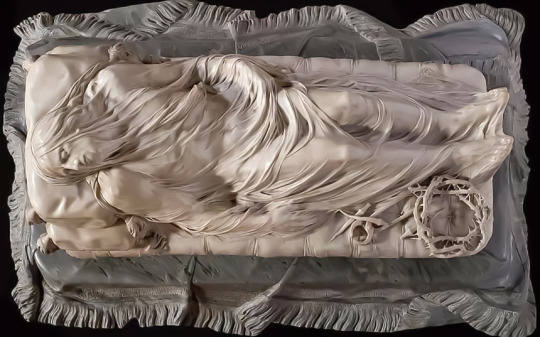
Giuseppe Sanmartino - Cristo velato - (Veiled Christ) - 1753

Details ↕️
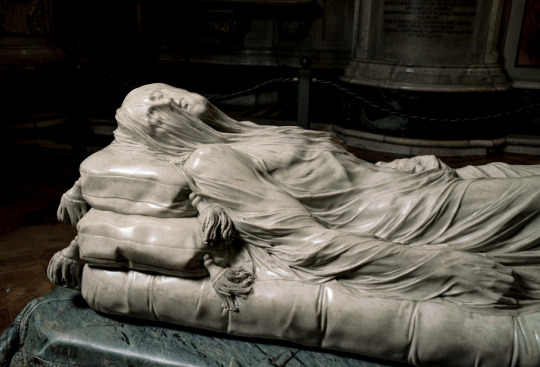


Giuseppe Sanmartino or Giuseppe Sammartino (1720 – 1793) was an Italian sculptor during the Rococo period.
Sanmartino was born in Naples. His first dated (1753) work is Veiled Christ or Christ lying under the Shroud, commissioned initially from the Venetian sculptor Antonio Corradini who did not live to complete the work. Sammartino interpreted his sketches freely to create a masterly sculpture which can be seen in Sansevero Chapel (also called Cappella Sansevero or Pietatella) in Naples. (Below) 🔽

History of the Sanservero Chapel
#Cristo velato#Giuseppe Sanmartino#Sanmartino#veiled Christ#1753#art#sculpture#rococo#italian art#Sanservero Chapel#Cappella Sansevero#naples#Christ
7 notes
·
View notes
Text

‘Il Disinganno aka The Release from Deception' (1754) by Francesco Queirolo.
For centuries, sculptors around the world have adopted marble as their medium of choice. In order to both illustrate marble's carving capabilities and showcase their own sculpting skills, these artists often select subjects that require a certain level of expertise. These challenging motifs include anatomical details, dynamic drapery, and, in the case of Il Disinganno, delicate netting. Every piece of this incredible sculpture is carved out of marble, including the carefully crafted knots in the draping net wrapped around the large figure of a fisherman.
Il Disinganno, also known as The Release from Deception, was crafted by Genoese artist Francesco Queirolo in the 18th century. Widely regarded as his pièce de résistance, this sculpture has solidified Queirolo's legacy as one of Italy's leading 18th-century artists.
The Release from Deception:
The Release from Deception depicts a scene that is both biblical and allegorical. It features two subjects: an angel and a fisherman. The angel stands on a globe as he untangles the man from a net and floats above exquisite drapery.
BIBLICAL MEANING:
According to the Museo Capella Sansevero (“Sansevero Chapel Museum”) the net symbolizes sin. As the angel sets the man free, he rids him of his wrongdoings and introduces him to the Bible, which rests at his feet. In order to emphasize the idea of liberation, Queirolo adorned the open pages of the book with a Latin passage that reads: “I will break thy chain, the chain of the darkness and long night of which thou art a slave so that thou might not be condemned with this world.”
SECULAR SYMBOLISM:
In addition to religious undertones, the sculpture incorporates secular symbols. For example, the flame on the angel's head represents human intellect, while the globe signifies worldly passions. These elements coincide with Raimondo’s dedication to his father, which explores the idea of “human fragility, which cannot know great virtues without vice.”
According to the museum, the sculpture also appears to denote aspects of freemasonry—a fraternal organization. The Bible, for example, serves a dual purpose, as an open book is one of the three “great lights” of Masonry. Similarly, the concept of light and dark—explored by the aforementioned biblical passage—”appears to be a clear reference to Masonic initiation, where those being initiated would enter wearing a ritual blindfold to open their eyes to the new light of the Truth.”
The Marble Net:
While its symbolism is compelling, it is The Release from Deception‘s sculptural details—namely, its exquisitely carved net—that has captivated viewers for centuries. Though, at first glance, this structure appears to be composed of intertwined rope, a closer look reveals that the open-mesh material is made entirely from a single block of marble.
It reportedly took Queirolo seven years to fabricate this marble net, which he crafted without a workshop, apprentice, or other form of external assistance. The Sansevero Chapel Museum notes that this is because even the most specialized sculptors “refused to touch the delicate net in case it broke into pieces in their hands.”
The Sansevero Chapel:
Queirolo completed The Release from Deception in 1754. It was commissioned by Raimondo di Sangro, an Italian nobleman, and was intended to adorn the recently reconstructed Sansevero Chapel in Naples.
Built by John Francesco di Sangro in the late 16th century, the chapel became a family burial site in 1613. To memorialize those laid to rest on site, living family members would commission contemporary sculptors to design tributes to the dead. The Release from Deception was created to honor Raimondo's father: Antonio di Sangro, the Duke of Torremaggiore.
Other Masterpieces in the Sansevero Chapel:
Believe it or not, The Release from Deception is not the only highlight of the Sansevero Chapel. Within its walls are 30 other works of art, including two prominent pieces: The Veiled Christ (1753) by Giuseppe Sanmartino and The Veiled Truth (1750) by Antonio Corradini.
#18th century#marble sculpture#the release from deception#Francesco Queirolo#Il Disinganno#biblical#allegorical#angel#fisherman#fisherman's net#italian artist#italian sculptor#1754#sansevero chapel museum#naples#italy#naples italy
2 notes
·
View notes
Text
Les machines anatomiques de la chapelle Sansevero à Naples
Nouvel article publié sur https://www.2tout2rien.fr/les-machines-anatomiques-de-la-chapelle-sansevero-a-naples/
Les machines anatomiques de la chapelle Sansevero à Naples
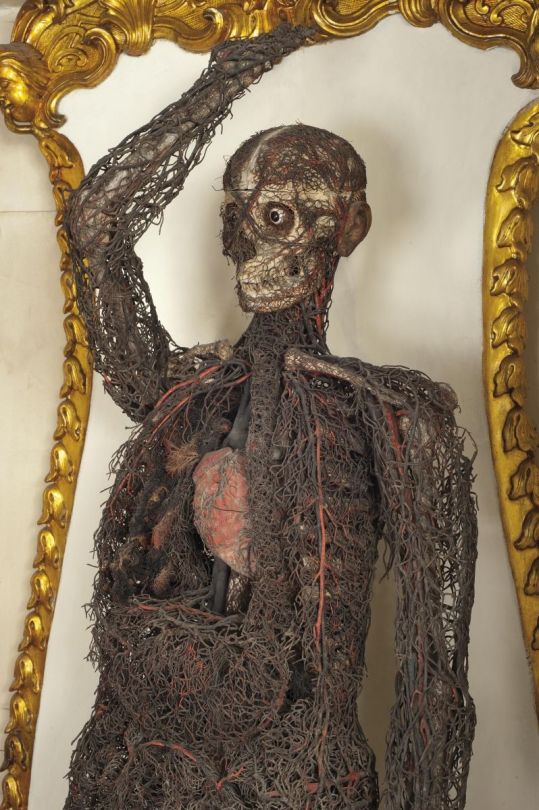
#anatomie#artere#chapelle#crâne#Giuseppe Salerno#italie#legende#mercure#métal#momie#musee#mythe#naples#organe#Raimondo di Sangro#Sansevero#squelette#tête de mort#vaisseau#veine#Insolite
1 note
·
View note
Text





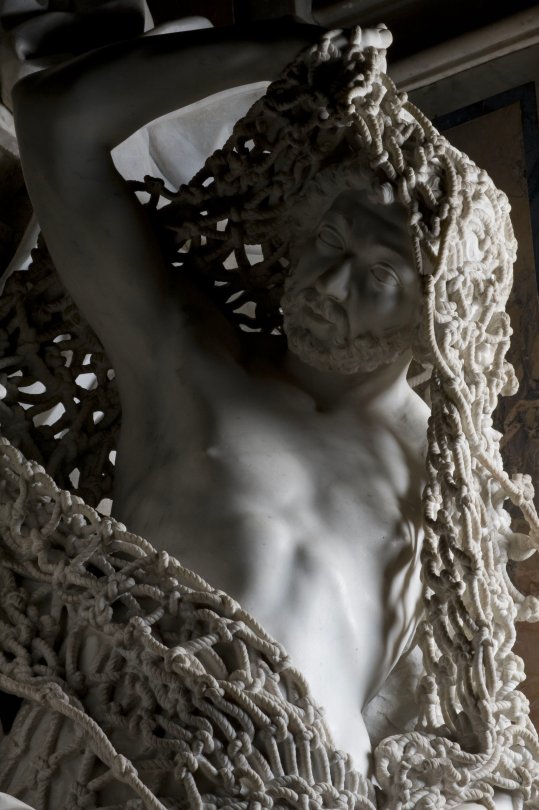

"The Release from Deception,"
Carved from a single block of marble, it depicts a fisherman being released from netting by an angel, allegorical to the man being liberated from his sins.
So intricate was the work that 18th-century philosopher Giangiuseppe Origlia described it as “the last and most trying test to which sculpture in marble can aspire.”
Queirolo worked alone on his magnum opus, without an assistant or even a workshop. Even other sculptors refused to touch the delicate net in case it broke into pieces in their hands.
The masterpiece is housed at the Sansevero Chapel in Naples, with several other miracles of marble. Namely, "The Veiled Christ" (1753) by Giuseppe Sanmartino and "The Veiled Truth" (1750) by Antonio Corradini.
Francesco Queirolo (1752-1759)
Credit: @Culture_Crit
#art#history#style#sculpture#marble#hand carved#sins#net#masterpiece#italy#naple#francesco queirolo#17th century#18th century#fisherman#allegory#angel#Culture_Crit
1K notes
·
View notes
Text

"La libération de la tromperie" du sculpteur italien Francesco Queirolo - achevé en 1759 après 7 ans de travail. Il représente un pêcheur libéré de son filet par un ange, allégorique de l'homme libéré de ses péchés.
L’œuvre était si complexe que le philosophe du XVIIIe siècle Giangiuseppe Origlia l’a décrit comme « l’épreuve dernière et la plus éprouvante à laquelle peut aspirer la sculpture en marbre ».
Queirolo a travaillé seul sur son magnum opus, sans assistant ni même atelier. Même d’autres sculpteurs refusaient de toucher le filet délicat au cas où il se briserait en morceaux entre leurs mains.
Le chef-d'œuvre est conservé à la chapelle Sansevero à Naples, avec plusieurs autres miracles du marbre.
11 notes
·
View notes
Text

the veiled christ of naples is a famous sculpture of the second half of 1700 by giuseppe sanmartino and housed in the sansevero chapel in the historic center of naples.
the statue depicts the body of the dead christ covered by a transparent shroud. the presence of the marble veil, characterized by an extremely realistic drapery to look like a transparent veil, probably represents the most surprising peculiarity of the veiled christ which made this work famous all over the world. under the marble veil you can admire equally realistic details such as the swollen vein on the forehead or the hands and ankles pierced by nails.
the statue was commissioned by raymond of sangro and his fame of alchemist along with the admirable beauty of the veiled christ has fueled the legend that the shroud was obtained by a mysterious process of "marbling" an authentic veil of cloth. in reality the veiled christ is a masterpiece of baroque art made entirely of marble starting from a single block of stone.
8 notes
·
View notes
Text
Carved out of one single block of marble, the famed statue known as Il Disinganno will take your breath away. Just unbelievable craftsmanship. But who was it made for, and why?
50 notes
·
View notes
Text
…damn wait the sansevero chapel is sick as hell

5 notes
·
View notes
Text
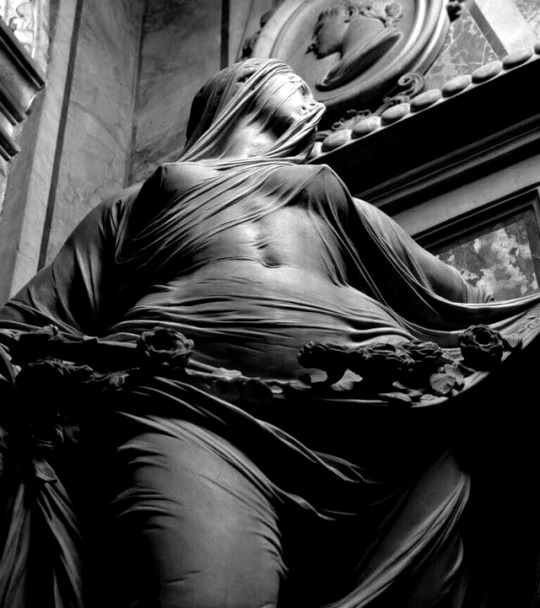

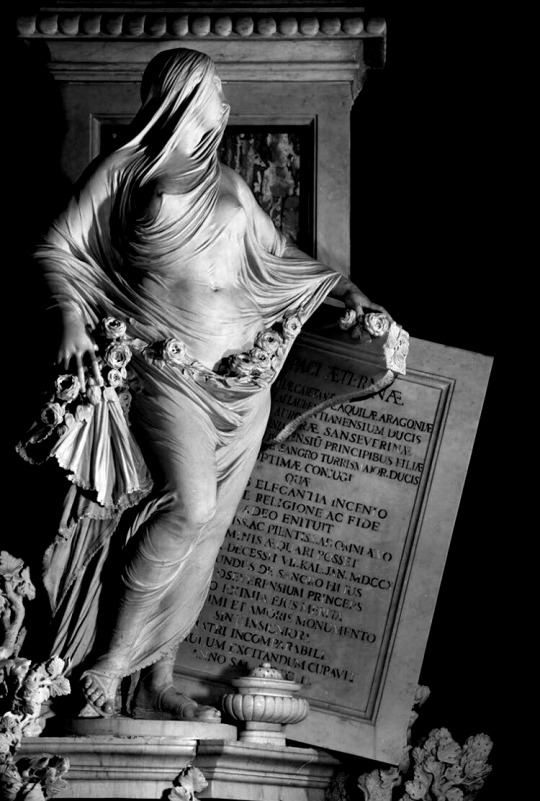

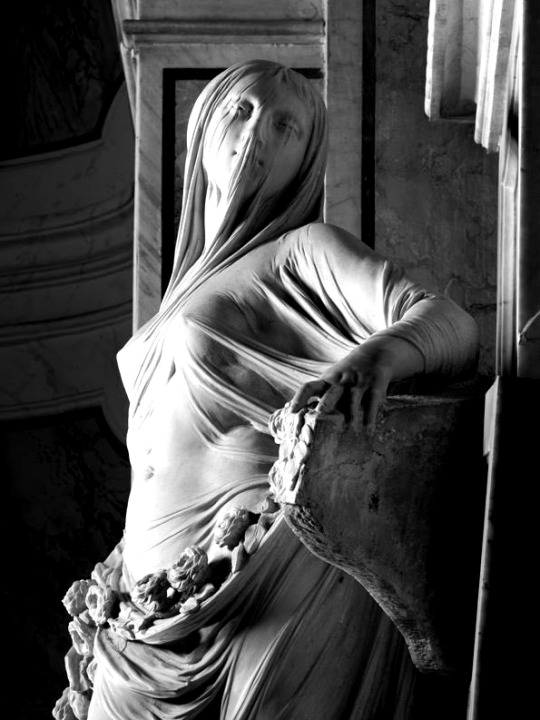
Antonio Corradini
Modesty or Chastity or Veiled Truth, 1752
Corradini was commissioned by alchemist, freemason and nobleman Raimondo di Sangro to sculpt this piece for his family's burial chapel, the Cappella Sansevero (formally known as Chapel of Santa Maria della Pietà, and nicknamed by the locals “Pietatella”) in Naples, where the marble sculpture remains today. It was dedicated to Sangro's mother, Cecilia Gaetani dell’Aquila d’Aragona, who had died before his first year of age.
15 notes
·
View notes
Text
There is no rope in this image. This is carved from a single block of marble.
Is there a person alive today who could do this?
"The Release from Deception" by Italian sculptor Francesco Queirolo - completed in 1759 after 7 years of work. It depicts a fisherman being released from netting by an angel, allegorical to the man being liberated from his sins.
So intricate was the work that 18th-century philosopher Giangiuseppe Origlia described it as “the last and most trying test to which sculpture in marble can aspire.”
Queirolo worked alone on his magnum opus, without an assistant or even a workshop. Even other sculptors refused to touch the delicate net in case it broke into pieces in their hands.
The masterpiece is housed at the Sansevero Chapel in Naples, with several other miracles of marble. Namely, "The Veiled Christ" (1753) by Giuseppe Sanmartino and "The Veiled Truth" (1750) by Antonio Corradini.

0 notes
Text
Walking with the Gods; two old ruins visiting old ruins
Sorry there hasn't been a lot of bloggage for a couple of days. Life has been busy.
Last day of conference on Saturday - dodgy conference catering left me with food poisoning that night. Not ideal preparation for the walk Mum had scheduled for us the next day, but the Gods wait for no man so off we went.
Ferry to Amalfi, then a bus to Bomerano. The bus was more of a test for my dicey stomach than the ferry! Hairpin turns on a road barely wider than the bus with a wannabe formula one driver. Yikes. It was a relief to start walking.
The walk is known as the "Path of the Gods". About 8km I think. We were very sensible Gods and did it in the downhill direction. The path runs pretty close to the edge of some gigantic cliffs with amazing views up and down the coast. At the end of it, there is a short way and a long way back to Positano, to catch the ferry home. The "short" way includes over 1700 stairs down. Short but brutal...
Positano and Amalfi are real testaments to not giving in to nature. It is hard to imagine a less suitable place to build houses with sheer cliffs rising straight from the sea in every direction. A symbol of man's bloody-mindedness?
Still feeling a little dicey on the ferry ride home from Positano back to Naples, but up an at em again this morning for 'the biggy - Pompeii.
You could spend days exploring at Pompeii. We spent a couple of hours trying to avoid the worst of the crowds. Mum had abandoned a trip to Pompeii 35 years ago, so this one had to be done for payback. Pompeii? Check!
The brain freeze Limone granata (essentially a lemon slushy) we bought on the way out was the most wonderful thing on earth. I think I might have to buy a slushy machine.
The train ride home was a little more entertaining than it should have been. We thought Napoli Centrale was the last stop, but found that we had gone about 6 stops past where we intended! Jumped on a returning train, but got off that too early, and still had a decent walk back to the hotel. We discovered some nice areas on the way back, so no harm done. You never really get lost when you are on holiday.
Last event of the day was Sansevero chapel. No photos allowed, so you will have to do with a weblink....
Utterly stunning. The veiled Christ is just breath taking.
A bite to eat, a beer, and another yummy Limone granata on the way home, and that's it for Napoli. Travel day tomorrow, so likely not much, if anything for the blog
Love to all
M & D
0 notes
Text



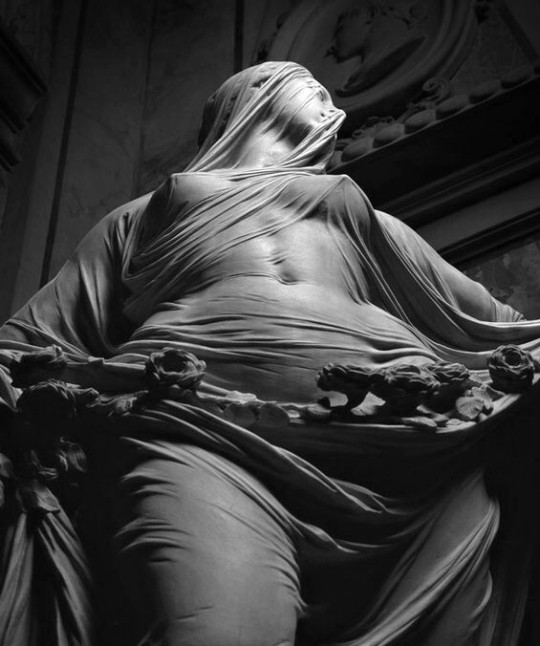
La Pudicizia - Antonio Corradini - Chapelle Sansevero - Napoli
0 notes
Text
https://vigilantcitizen.com/sinistersites/sinister-sites-sansevero-chapel/
View On WordPress
0 notes